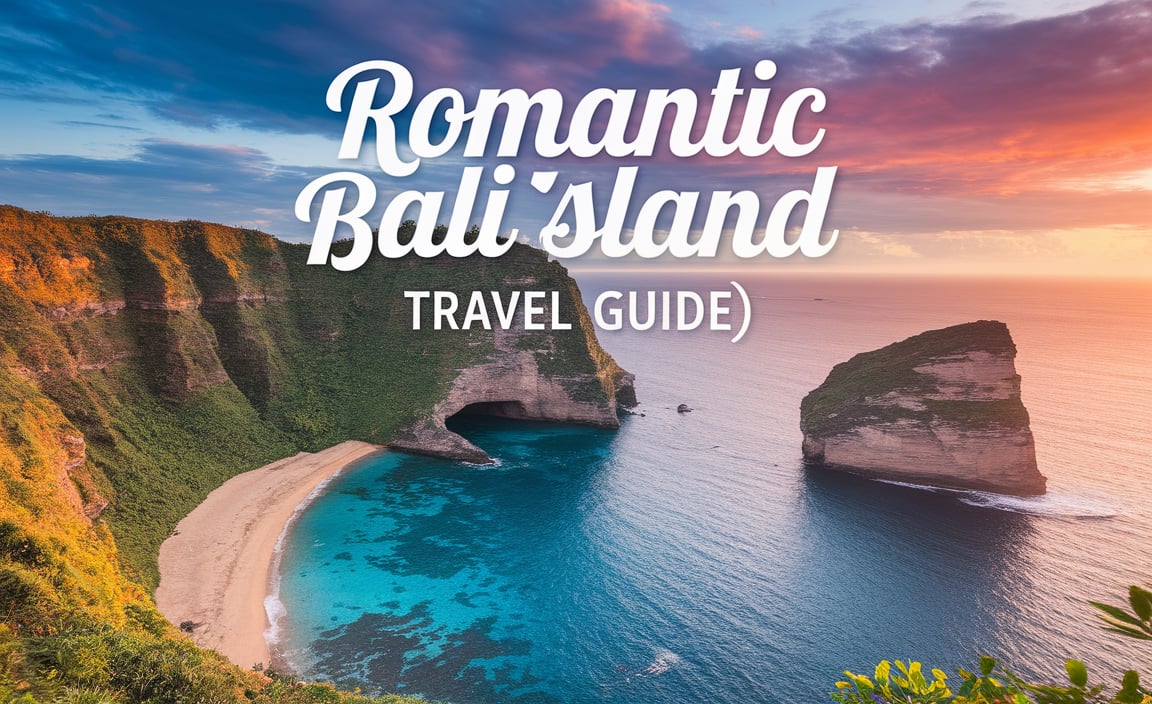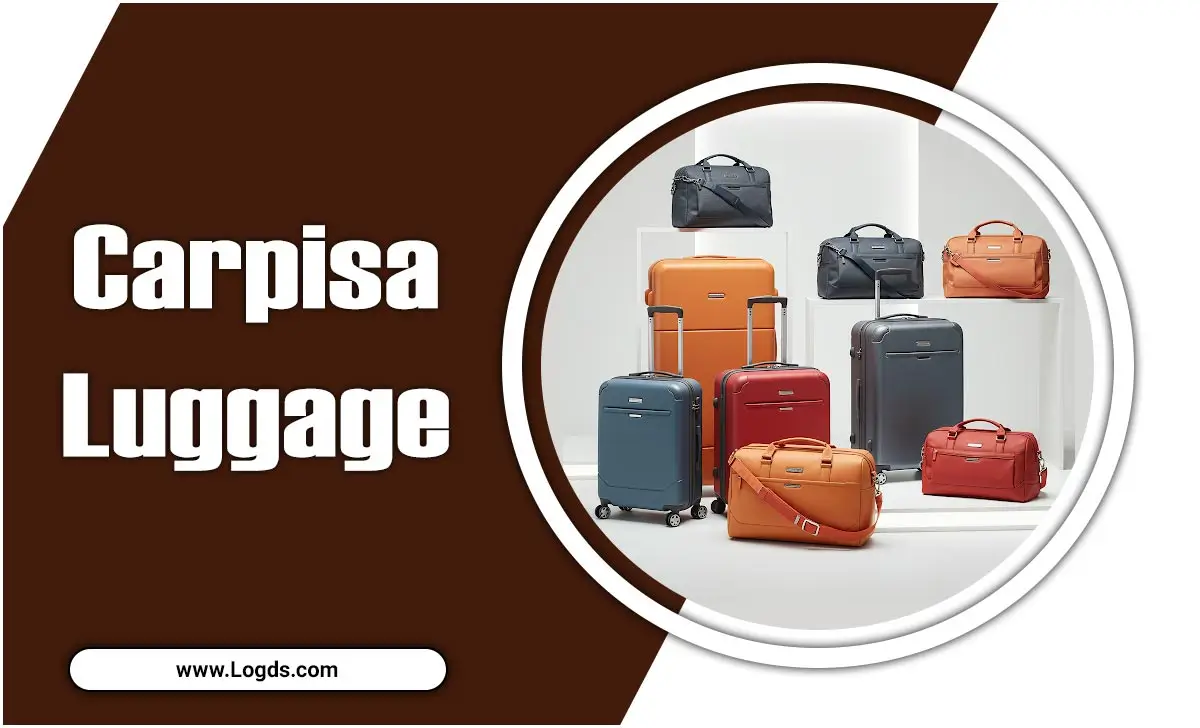Basque Country solo female travel is safe and incredibly rewarding with these essential tips, focusing on planning, personal safety, cultural immersion, and practicalities for a confident and enjoyable trip.
Planning your first solo adventure to the Basque Country? It’s a region of stunning coastlines, vibrant cities, and delicious food, and it’s a fantastic choice for women traveling alone. Many people wonder if it’s safe and how to make the most of it. Don’t worry, this guide is here to help! We’ll walk through everything you need to know, from sensible precautions to embracing the local culture. Get ready to explore this beautiful corner of Spain and France with confidence.
Why Basque Country for Solo Female Travelers?
Basque Country, straddling the border of Spain and France, offers a unique blend of culture, cuisine, and landscapes that make it an exceptionally appealing destination for solo female travelers. Its renowned safety, friendly locals, and well-developed tourist infrastructure create a welcoming environment. Whether you’re drawn to the Guggenheim Museum in Bilbao, the surfing beaches of San Sebastián, or the charming streets of Bayonne, the region provides diverse experiences that cater to various interests, all within a generally safe and accessible setting.
A Glance at Basque Country’s Appeal:
Safety: Generally considered one of the safest regions in Europe with low crime rates.
Culture: Rich and distinct – unique language (Euskara), traditions, and world-class cuisine.
Scenery: Dramatic coastlines, lush green mountains, and picturesque towns.
Infraestructura: Excellent public transport, good accommodation options, and English is spoken in tourist areas.
Cuisine: Famous for pintxos (tapas), cider houses, and Michelin-starred restaurants.
Essential Planning: Before You Go
Smart preparation is key to a stress-free solo trip. These steps will ensure you’re ready to embrace the Basque Country from the moment you arrive.
1. Research Your Destinations
The Basque Country is more than just one city. Decide which areas best suit your interests.
Bilbao: Known for its modern architecture, particularly the Guggenheim Museum, and a revitalized waterfront. It’s a great base for exploring the industrial past and vibrant present.
San Sebastián (Donostia): Famous for its stunning La Concha beach, incredible food scene (especially pintxos), and elegant Belle Époque architecture. Ideal for foodies and beach lovers.
Vitoria-Gasteiz: The green capital of Europe, offering beautiful parks, a well-preserved medieval quarter, and a more laid-back atmosphere.
French Basque Country (e.g., Biarritz, Bayonne, Saint-Jean-de-Luz): Offers a different flair with a more French feel, stunning beaches, and charming coastal towns.
2. Visas and Travel Documents
Ensure all your travel documents are in order. For most nationalities visiting Spain and France (as part of the Schengen Area), you won’t need a visa for short stays. Always check the latest Spanish Ministry of Foreign Affairs travel requirements as they can change.
Valid Passport (with at least 6 months validity beyond your stay).
Return Ticket.
Proof of Accommodation.
Travel Insurance (crucial for any solo trip).
3. Budgeting for Your Trip
Basque Country can be as budget-friendly or as luxurious as you make it.
Accommodation: Hostels are great for solo travelers, offering social opportunities and affordability. Mid-range hotels and boutique guesthouses are also widely available.
Food: Pintxos are an excellent way to sample local delicacies affordably. Set lunch menus (`menú del día`) are also great value.
Transport: Public transport within cities and between towns is efficient and cost-effective.
4. When to Visit
The best time to visit depends on your preferences.
Spring (April-May): Pleasant weather, fewer crowds, blooming landscapes.
Summer (June-August): Warmest weather, ideal for beaches, but busiest and most expensive.
Autumn (September-October): Mild temperatures, beautiful fall colors, harvest season for local produce, and fewer tourists.
Winter (November-March): Cooler, possibly rainier, but fewer tourists and lower prices. Great for city breaks and enjoying cozy cafes.
Staying Safe: Your Top Priorities
Safety is paramount for solo female travelers. The Basque Country is known for being safe, but like anywhere, being aware and prepared is always wise.
1. Accommodation Safety
Read Reviews: Pay close attention to reviews from other solo female travelers regarding safety and atmosphere.
Location: Choose accommodation in well-lit, central areas with good transport links.
Lock Your Doors: Always secure your accommodation, even when you’re inside.
Inform Someone: Let a friend or family member know where you’re staying.
2. Navigating Public Spaces
Awareness: Be aware of your surroundings, especially in crowded tourist areas or at night.
Valuables: Keep valuables secure and out of sight. Consider a cross-body bag or a money belt.
Night Travel: Stick to well-lit main streets. If you’re out late, consider a taxi or ride-sharing service.
Trust Your Gut: If a situation feels uncomfortable, remove yourself from it.
3. Transportation Safety
Public Transport: Basque Country’s public transport is generally very safe. In buses and trains, keep an eye on your belongings.
Taxis/Ride-Sharing: Use official taxi services or reputable ride-sharing apps. Confirm the driver and vehicle details before getting in.
Walking: It’s a great way to explore, but be mindful of traffic and your surroundings, especially at night.
4. Emergency Preparedness
Emergency Numbers:
Europe-wide emergency number: 112
Spain specific: 091 (National Police), 062 (Civil Guard)
France specific: 17 (Police), 15 (Ambulance), 18 (Fire)
Emergency Contacts: Have a list of embassy/consulate contact details for your home country.
First-Aid Kit: Pack a small, basic first-aid kit for minor injuries.
Phone Charges: Ensure your phone is always charged or carry a portable power bank.
Embracing the Culture & Connecting with Locals
The true magic of solo travel lies in immersion and genuine connection.
1. Learn Basic Phrases
While English is spoken in tourist spots, knowing a few local phrases in Spanish or even Euskara will go a long way.
Spanish:
Hello: ¡Hola!
Thank you: Gracias
Please: Por favor
Excuse me: Perdón / Disculpe
Do you speak English?: ¿Habla inglés?
Euskara (Basque):
Hello: Kaixo
Thank you: Eskerrik asko
Please: Mesedez
These small efforts are often very appreciated and can open doors to warmer interactions.
2. Dive into The Food Scene
Basque cuisine is world-renowned. Don’t be shy about trying it all!
Pintxos Bars: The heart of Basque social life, especially in San Sebastián. Go with the flow, pick what looks good, and enjoy the lively atmosphere. Start with one or two and move to the next bar, or stay and graze. Ordering a few pintxos and a drink is a perfect light meal, often costing just a few euros per item.
Cider Houses (Sidrerías): Especially popular in autumn, these offer a traditional Basque dining experience with cider poured from barrels.
Markets: Visit local markets like La Bretxa in San Sebastián to see the fresh produce and local specialities.
3. Engage with Locals
Basque people are often proud of their unique culture and heritage. Engaging with respect can lead to memorable interactions.
Be Open and Friendly: A smile and a polite greeting can make a difference.
Show Genuine Interest: Ask about local customs, history, or recommendations.
Consider Tours: Small group walking tours or culinary tours are excellent ways to meet locals and other travelers.
4. Respect Local Customs
Pintxos Etiquette: In busy bars, it’s polite to step aside after grabbing your pintxos to let others order. Keep your used toothpicks to tally your bill at the end.
Siesta: While less common in big cities now, some smaller shops might close in the afternoon. Plan accordingly.
Noise Levels: Be mindful of your volume, especially in residential areas or during the evening.
Practical Tips for Solo Travel Comfort
These handy tips will make your everyday travel in the Basque Country smoother and more comfortable.
1. Packing Essentials
Think smart and pack light for ease of movement.
Comfortable Walking Shoes: You’ll be doing a lot of exploring on foot.
Layers: Basque weather can change, so bring versatile clothing.
Scarf: A stylish scarf can add warmth and flair, and also be useful for covering up if visiting churches.
Reusable Water Bottle: Stay hydrated and reduce plastic waste. Fill up from public fountains or your accommodation.
Portable Power Bank: Essential for keeping your phone charged for navigation, photos, and emergencies.
Small Backpack or Crossbody Bag: For daily essentials you need easy access to.
Basic First-Aid Kit: Including band-aids, antiseptic wipes, pain relievers, and any personal medications.
Travel Adapter: For European outlets (Type F).
2. Navigation and Connectivity
Offline Maps: Download maps of the areas you’ll be visiting using apps like Google Maps. This is a lifesaver when you don’t have Wi-Fi or data.
SIM Card/eSIM: Consider getting a local SIM card or an eSIM for easy data access for navigation, communication, and research. Many U.S. providers offer international plans, but local options are often more affordable. Sites like eSIM.net can help you compare plans.
Public Wi-Fi: Wi-Fi is widely available in cafes, hotels, and public spaces. Be cautious when using public Wi-Fi for sensitive transactions.
3. Dining Solo
Eating alone can be daunting for some, but in the Basque Country, it’s quite common and enjoyable.
Pintxos Bars: Perfect for solo dining! You can grab a quick bite standing at the bar without feeling self-conscious.
Cafes and Bakeries: Ideal for breakfast or a light lunch.
Menú del Día: Look for the “Menú del Día” (Menu of the Day) at lunchtime in local restaurants. It’s an affordable, multi-course meal that’s a great way to experience local flavors.
Bring a Book or Journal: If you feel a little awkward, a book or journal is a great companion.
4. Managing Personal Comfort Needs
For complete peace of mind, especially on long travel days or during extended explorations, having personal comfort solutions ready is key. This is where reliable products come in.
Adult Diapers/Incontinence Products: For some travelers, managing bladder or bowel incontinence is a significant concern. Choosing discreet, absorbent adult diapers designed for comfort and reliability can prevent anxiety about accidents. Look for features like:
High Absorbency: To provide confidence even during long journeys.
Odor Control: To ensure discretion.
Breathable Materials: For comfort.
Secure Fit: To prevent leaks and allow freedom of movement.
Brands like Tena, Depend, and Always Discreet offer a range of products suitable for travelers. Packing a few extra in a discreet travel bag can be a practical step for extended days out or long-haul flights.
Comfortable Underwear: Opt for breathable fabrics like cotton or bamboo for all-day comfort.
Small Toiletries Kit: Travel-sized essentials to freshen up on the go.
Here is a comparison of types of travel-friendly absorbent products:
| Product Type | Best For | Pros | Cons |
|---|---|---|---|
| Pull-Up Style Briefs | Moderate to heavy incontinence, active individuals | Discreet under clothing, easy to pull up and down, good mobility | Can be harder to change without removing clothing, may be less absorbent than tab-style for very heavy needs |
| Tab-Style Briefs | Heavy to severe incontinence, less mobile individuals | Highly absorbent, easiest to change when lying down or with assistance, secure fit | Can be bulkier, may be more noticeable under tight clothing, require setup |
| Pads/Liners | Light to moderate incontinence, spotting | Very discreet, easy to carry and change, affordable | Less coverage, not suitable for heavy leaks or full bladder voids |
5. Staying Connected with Home
Regular Check-ins: Schedule brief calls or messages with loved ones back home.
Share Your Itinerary: Keep someone informed of your general whereabouts.
Emergency Contact Information: Keep a card with essential emergency contacts in your wallet and in your phone.
Getting Around the Basque Country
Public transportation is excellent, making it easy to explore solo.
Main Transportation Options:
Trains (Renfe & Euskotren):
Renfe: The national Spanish rail network connects major cities like Bilbao and San Sebastián to the rest of Spain. Book tickets in advance for better prices.
Euskotren: A local Basque railway connecting cities and towns within the Basque Autonomous Community, including coastal routes and the tram in Bilbao.
Buses (Bizkaibus, Gipuzkoako Autobus, La Montagne Basque):
Extensive networks cover most towns and villages. They are often more affordable than trains for shorter distances and reach places trains don’t go.
Trams: Bilbao has an efficient tram system that’s useful for getting around the city center.
Rental Cars: While not essential for city exploration, a car can be beneficial if you plan to visit smaller villages or more rural areas. Be aware that parking in city centers can be challenging and expensive.
Table: Inter-City Travel Times (Approximate)
| From | To | Transport Type | Duration (Approx.) | Notes |
| :————- | :————- | :————- | :—————– | :————————————- |
| Bilbao | San Sebastián | Bus | 1 hr 15 min | Frequent departures, affordable |
| Bilbao | San Sebastián | Train (Renfe) | 2 hr 30 min | Can be scenic, fewer direct options |
| Bilbao | Vitoria-Gasteiz | Bus | 1 hr | Frequent departures |
| Bilbao | Vitoria-Gasteiz | Train (Renfe) | 1 hr 30 min | |
| San Sebastián | Biarritz (FR) | Bus | 45 min – 1 hr | Crosses border, requires passport stamp |
| San Sebastián | Hendaye (FR) | Train (Euskotren) | 45 min – 1 hr | Connects to French rail network |
Tip: Websites like Rome2rio are excellent for comparing different transport options between destinations.
Things to See and Do as a Solo Female Traveler
The Basque Country is brimming with experiences waiting for you.
Bilbao
Guggenheim Museum: A must-see architectural marvel and art collection.
Casco Viejo (Old Town): Wander through its seven streets, enjoy pintxos, and soak in the atmosphere.
Mercado de la Ribera: One of Europe’s largest covered markets, perfect for foodies.
Artxanda Funicular: For panoramic views of the city.
San Sebastián (Donostia)
La Concha Beach: One of Europe’s most beautiful urban beaches.
Parte Vieja (Old Town): Famous for its dense concentration of pintxos bars.
Monte Urgull & Monte Igueldo: Hike or take a funicular for spectacular views.
Chillida Leku Museum: A unique outdoor sculpture park.
Vitoria-Gasteiz
Medieval Quarter: Explore the well-preserved historic center.
Parques y Jardines (Parks and Gardens): Enjoy the city’s green spaces, like the Green Ring.
Artium Museum: Contemporary Basque and Spanish art.
French Basque Country
Biarritz: Elegant seaside resort with famous surfing beaches.
Bayonne: Historic city with a stunning cathedral and charming streets.
* Saint-Jean-de-Luz: Picturesque fishing port with a beautiful bay.
Frequently Asked Questions (FAQs)
Q1: Is Basque Country safe for solo female travelers?
A1: Yes, Basque Country is widely considered one of the safest regions in Europe for solo female travelers, with low crime rates and friendly locals. Standard travel precautions are recommended, as in any destination.




